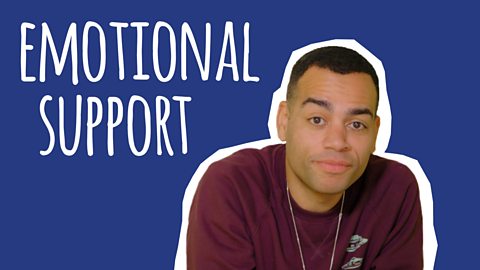As a parent or carer of a child with special educational needs, or a child with an educational health & care plan the very idea of moving from primary to secondary school can feel daunting. Here are 5 top tips from an experienced inner city secondary school special educational needs co-ordinator, SENDCo, to help.
1. Create a one page profile about your child noting the difficulties and barriers they face at their primary school, and the strategies that work and that donÔÇÖt work.
This will help the school understand the world of your child quickly, from the people who understand them best, you. Things to consider when pulling it together; whatÔÇÖs currently working well at primary school? Can these strategies be replicated at the secondary school? Situations for your child to avoid, and main concerns about secondary school?
2. Visit the school on a regular school day with, and without, your child.
When there, ask as many questions as you like; the school is new to you so donÔÇÖt feel anything is silly to ask. What do you see are the barriers when you walk around; take notes if you need to.
3. Request a multi-agency meeting that will bring all key adults and agencies connected to the support and care of your child together in one meeting.
Any key adult involved with the child would attend this meeting; class teacher, TA, parents, educational psychologist, communication interaction team, speech & language therapist etc. Your current primary SENDCo will be able to co-ordinate this with their secondary school equivalent. Bring along the one page profile, multiple copies if possible, so that it can be shared with everyone, and questions following your visit to the school.
Sample questions to ask:
- Where can my child go if they are struggling/anxious/having a meltdown?
- What happens at break and lunch time when it is unstructured time?
- How can my child get help with reading/spelling/maths/homework?
- How will support in assessments work?
- Will my child get a Teaching assistant?
4. Ensure you have a named contact at the secondary school and their contact details.
This can be the form tutor, SENDCo or head of year. Ask the school which is the best way of contacting them.
5. Consider what needs to be shared with your child:
- Transition plan - between the professionals. Lists of multiple individuals and agencies could be overwhelming for the child.
- Transition booklet ÔÇô a go-to guide for the child with named staff and photos of key adults and rooms that they can keep in their bag or locker.
- Avoid making your child anxious by saying things like "I don't know how it works, I don't know who to ask". Hopefully with a named contact this shouldn't happen.

More from ┤¾¤¾┤½├¢ Bitesize Parents' ToolkitÔǪ
Parents' Toolkit
Fun activities, real-life stories, wellbeing support and loads of helpful advice - we're here for you and your child.

Secondary school images from around the world
Take a look at the different ways schools shape learning across the globe.

Advice on how to best prepare your child practically and emotionally for the start of secondary school.

Jessi's story: Starting secondary school with autism
Jessi had an extraordinary way of dealing with her emotions when she started secondary school.

Preparing your child emotionally
Explore how you can support your child emotionally ahead of their move to secondary school.

Starting Secondary School homepage
Free resources to help with the move to secondary school.
